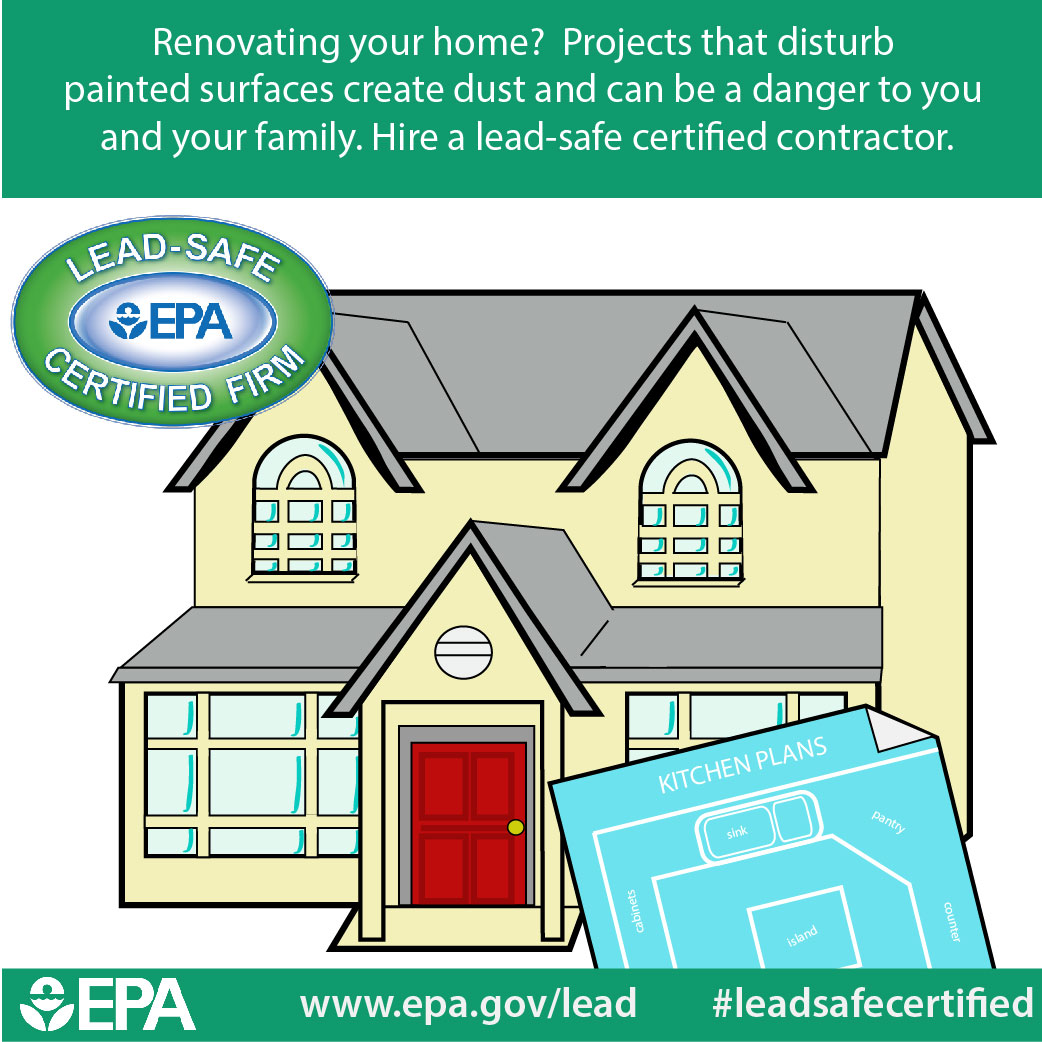Check Out The Role Of Seasonal Factors In The Success Of Commercial Exterior Paint And Reveal The Very Best Times To Safeguard Lasting Results For Your Job
Check Out The Role Of Seasonal Factors In The Success Of Commercial Exterior Paint And Reveal The Very Best Times To Safeguard Lasting Results For Your Job
Blog Article
Composed By- https://www.today.com/home/how-clean-painted-walls-t44646
When you're intending a commercial outside paint job, seasonal aspects can make or break your results. You'll want to take into consideration how temperature level and humidity influence paint application and drying out times. Selecting the appropriate season can ensure your paint sticks correctly and lasts much longer. Yet which seasons are really the best for this type of job? Let's check out the key elements that can affect your project's success.
The Impact of Temperature Level on Paint Application
When you're intending an industrial external painting job, the temperature level can considerably affect just how well the paint sticks and dries out.
Ideally, you wish to repaint when temperatures vary between 50 ° F and 85 ° F. If it's too cool, the paint may not cure effectively, resulting in issues like peeling off or splitting.
On the other hand, if it's as well warm, the paint can dry out too promptly, stopping proper adhesion and leading to an unequal finish.
You should also consider the time of day; morning or late afternoon provides cooler temperatures, which can be much more desirable.
Constantly inspect the producer's suggestions for the particular paint you're making use of, as they frequently offer guidance on the suitable temperature array for optimum outcomes.
Moisture and Its Impact on Drying Times
Temperature isn't the only ecological variable that influences your industrial external painting job; moisture plays a considerable function also. High moisture degrees can slow down drying out times substantially, affecting the general top quality of your paint job.
When the air is saturated with moisture, the paint takes longer to treat, which can cause concerns like inadequate adhesion and a higher risk of mildew growth. If Continue Reading on an especially damp day, be planned for prolonged delay times between layers.
It's important to check neighborhood climate condition and strategy as necessary. Preferably, aim for moisture degrees in between 40% and 70% for ideal drying out.
Keeping these consider mind ensures your job remains on track and delivers an enduring finish.
Best Seasons for Commercial Exterior Painting Projects
What's the very best season for your commercial external painting projects?
Spring and very early autumn are commonly your best options. During these periods, temperatures are light, and humidity degrees are typically lower, developing ideal conditions for paint application and drying out.
Prevent summer season's intense heat, which can create paint to completely dry also rapidly, bring about inadequate adhesion and surface. Similarly, winter's cool temperatures can prevent proper drying and curing, running the risk of the durability of your paint work.
Go for days with temperatures between 50 ° F and 85 ° F for ideal results. Keep in mind to inspect the neighborhood weather forecast for rain, as damp problems can wreck your job.
Planning around these variables ensures your painting task runs efficiently and lasts much longer.
Conclusion
In conclusion, planning your industrial exterior paint projects around seasonal considerations can make a substantial difference in the end result. By organizing job during the excellent temperatures and humidity levels, you'll guarantee much better bond and drying times. Bear in mind to watch on neighborhood weather prediction and choose the correct time of year-- spring and very early fall are your best options. Taking these actions will certainly assist you achieve a resilient and specialist finish that lasts.
